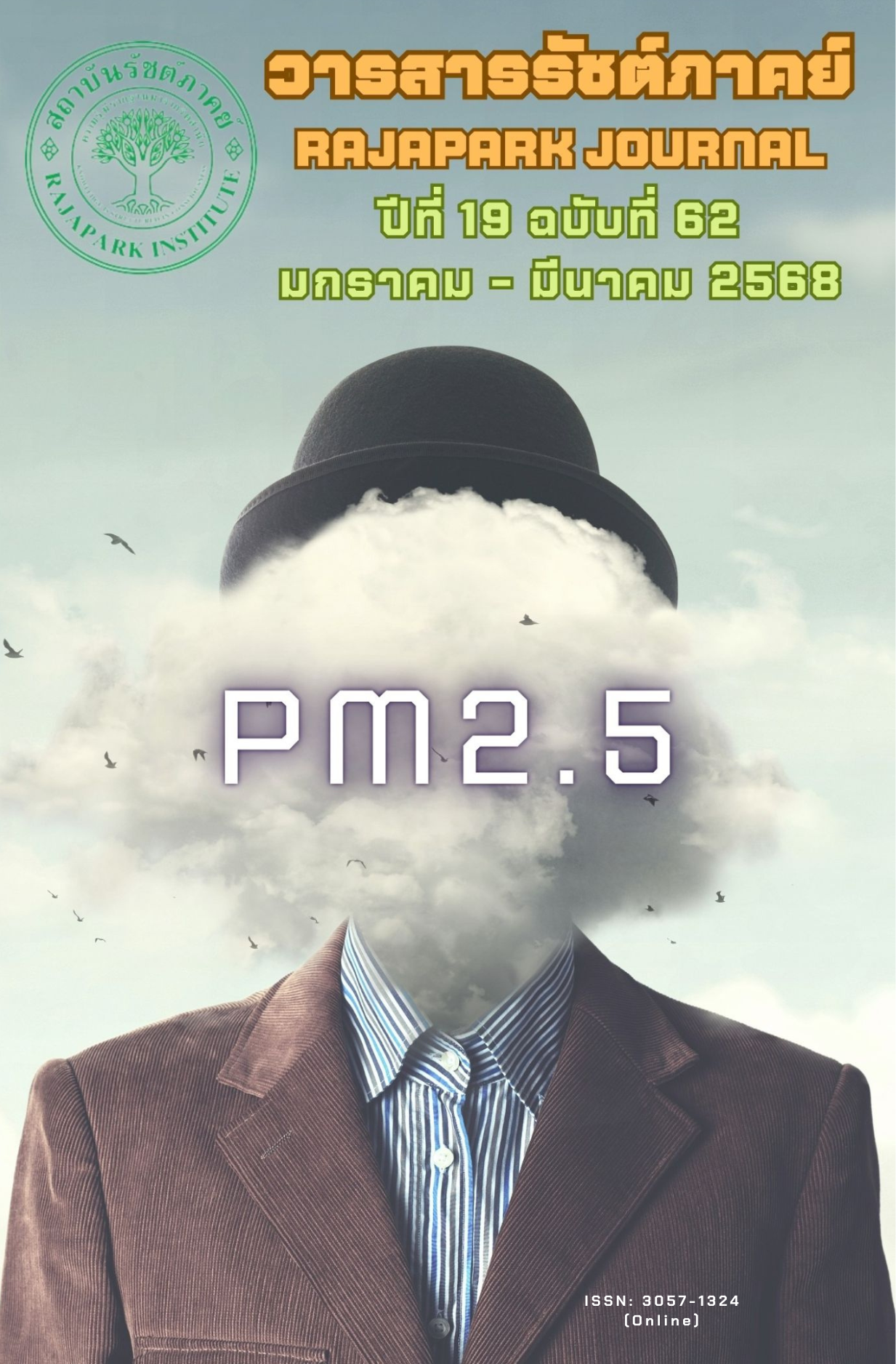กลวิธีการแปลคำทางวัฒนธรรมในบทบรรยายท้ายภาพของซีรีส์จีน เรื่องตำนานนางพญางูขาว
Main Article Content
บทคัดย่อ
บทความนี้มีวัตถุประสงค์เพื่อศึกษากลวิธีการแปลคำทางวัฒนธรรมจากบทบรรยายท้ายภาพในซีรีส์เรื่องตำนานนางพญางูขาว ผลการศึกษาพบว่า คำทางวัฒนธรรมที่ปรากฏในซีรีส์เรื่องตำนานนางพญางูขาว มีทั้งหมด 5 ประเภท ได้แก่ คำทางวัฒนธรรมที่เกี่ยวข้องกับนิเวศ วัตถุ สังคม ศาสนาและความเชื่อ และคำทางวัฒนธรรมที่เกี่ยวข้องกับภาษา โดยกลวิธีที่ใช้ในการแปลมีทั้งหมด 8 วิธี เรียงจากมากไปน้อย ดังต่อไปนี้ การแปลตรงตัว 60.73% การแปลแบบอธิบายความ 10.55% การแปลตรงตัวผสมกับการทับศัพท์ 8.91% การแปลทับศัพท์ 6.54% การแปลโดยการละ 6% การแปลแบบใช้สำนวนเทียบเคียงหรือการแทนที่ด้วยสิ่งที่มีในวัฒนธรรมปลายทาง 4.36% การแปลโดยใช้คำที่มีความหมายกว้างกว่าคำในต้นฉบับหรือคำที่รู้จักกันโดยทั่วไป 2.18% การแปลโดยใช้หลายกลวิธีรวมกัน 0.73% สรุปได้ว่า หากเป็นคำหรือสำนวนที่ปรากฏในวัฒนธรรมต้นทางและปลายทาง ใช้การแปลแบบตรงตัว หากปรากฏเพียงในวัฒนธรรมต้นทาง ใช้กลวิธีการแทนที่ด้วยสิ่งที่มีในวัฒนธรรมปลายทาง หากเป็นคำที่มีลักษณะเฉพาะ หาคำเทียงเคียงไม่ได้ แปลโดยใช้คำที่มีความหมายกว้างกว่าต้นฉบับแทน หากเป็นคำที่มีรายละเอียดมาก หรือสำนวนที่เทียบเคียงไม่ได้ ใช้วิธีอธิบายความ การแปลแบบทับศัพท์และการแปลตรงตัวผสมกับการทับศัพท์ใช้กับชื่อเฉพาะ การแปลโดยการละใช้เมื่อไม่ส่งผลต่อใจความหลัก และการแปลโดยใช้หลายกลวิธีร่วมกันใช้กับคำที่มีรูปคำซับซ้อน
Article Details

This work is licensed under a Creative Commons Attribution-NonCommercial-NoDerivatives 4.0 International License.
ทัศนะและความคิดเห็นที่ปรากฏในวารสาร ถือเป็นความรับผิดชอบของผู้เขียนบทความนั้น และไม่ถือเป็นทัศนะและความรับผิดชอบของกองบรรณาธิการ
References
Baidu Baike. (n.d.). Chinese idioms. https://baike.baidu.com
Chaleegul, W., & Segkhoonthod Nathalang, S. (2019). Strategies for translating cultural words from Thai to English: a case study of the story of Jan Dara by Usana Phleangtham. VACANA Journal, 7(1), 1-20. http://rs.mfu.ac.th/ojs/index.php/vacana/article/view/183/215
Cidianbao. (2024). Meaning and explanation of the word Niangqin. https://www.cidianbao.com/cidian/kts4vg5.html
Dictionary editorial office of Institute of Language, Chinese Academy of Social Sciences. (2005). Contemporary Chinese dictionary (5th ed.). The Commercial Press.
Duangmala, V., & Numtong, K. (2022). A study of translation strategies and errors in translating cultural words and phrases from Thai to Chinese in “Rang Zong” movie subtitles. Chinese Studies Journal Kasetsart University, 15(2), 251-291. https://so01.tci-thaijo.org/index.php/CSJ/article/view/258077
Iamworamate, T. (2005). Chinese-Thai dictionary (15th ed.). Ruamsarn.
Institute of Thai-Chinese Medicine. (n.d.). The study of lacquered mushroom. https://tcm.dtam.moph.go.th/images/files/research3.pdf
Kasemsap, S. (1977). Benjamad. Horticultural Journal, 12(1), 23-60.
Meng, C. (2023). The translation of Chinese idioms to Thai: a case study of Chinese drama series "The Untamed"[Master’s thesis, Silpakorn University].
Newmark, P. (1988). A textbook of translation. Prentice Hall.
Nida, E. A. (1964). Linguistics and ethnology in translation-problems. In D. Hymes (Ed.), Language in Culture and Society: A Reader in Linguistics and Anthropology (pp.194-208). Harper & Row.
Office of the Royal Society. (2012). Mantou. www.orst.go.th
Petcherdchoo, S. (2012). Basic Chinese-Thai translation. Academic Publication Project, Faculty of Arts, Chulalongkorn University.
Pharaphoch, P. (2012). Translation of cultural terms in “Memoirs of a Geisha”. Journal of Language and Culture, 31(1), 5-17. https://so03.tci-thaijo.org/index.php/JLC/article/view/20281
Phinitphuwadon, S. (2000). The professional translator's handbook (3rd ed.). Nanmee Books.
You Hua Shuo Yi. (2022, December 19). Why do ancient people call a son-in-law who lives with his wife’s family “a door-in son-in-law”? What does the character "Zhuì" mean in "Zhuìxù"?. https://www.sohu.com/a/618621466_531735
Riangsiri, P. (2020, March 27). Strategies for translating cultural specific taboo words in subtitles from Thai into English in Y (YAOI) series: a case study of “Love by Change”. In Conference paper the 2020 National Academic Conference of North Bangkok University: Human Resources Development for the Digital Economy and Society Era, Bangkok, Thailand.
Saengthaksin, Y. (2023). Decoding 313 Thai idioms. Sathaporn Books.
Suesajluesakul, P., Chuensabai, W., Imviset, W., Leelatrakarnkun, K., & Srisurach, A. (2022). Cultural reflection in Chinese address terms. Journal of Humanities and Social Sciences (JHUSOC), 20(2), 43–60. https://so03.tci-thaijo.org/index.php/jhusoc/article/view/260849
Yang, Q., Wu, C., & Li, S. (2014). Translation of subtitles of Chinese costume TV series. Decision and Information, 5, 75-76.

